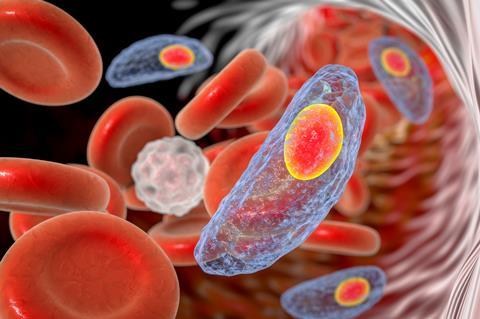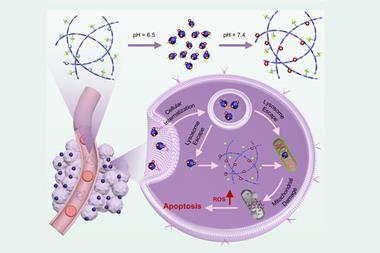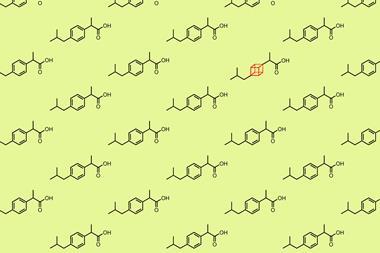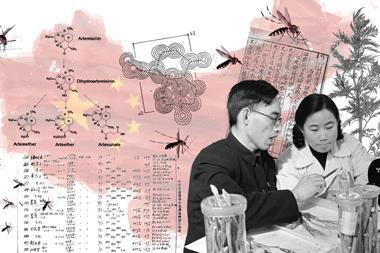An engineered parasite could be used to deliver therapeutic proteins to patients’ brains.

The blood-brain barrier protects animals’ brains by excluding large molecules and almost all proteins. This makes it challenging to deliver therapeutic proteins to the brain. However, the parasite Toxoplasma gondii has a natural proclivity to cross the blood-brain barrier of people and most other warm-blooded animals.
An international team has now genetically engineered the toxoplasma parasite to deliver proteins in the range of 88 to 110 kiloDalton that were fused to parasite secretion proteins. ‘This parasite knows how to actively trick the body to traffic [the protein] to the brain and then is able to secrete proteins into neurons,’ says Shahar Bracha, a bioengineer at the Massachusetts Institute of Technology’s brain and cognitive science department, who led the research.
The protozoan parasite T. gondii reproduces in the gut of cats. Once infected, cats shed oocysts in their faeces that can infect other mammals and birds. ‘It disseminates throughout its intermediate hosts, and hangs out in muscle cells and brain especially,’ says Anita Koshy, an expert on T. gondii at the University of Arizona who contributed to the study. ‘It has evolved not to kill its hosts. The parasite completes the cycle when another cat eats an infected rodent or bird.’
Bracha and her colleagues engineered the parasite to deliver therapeutic proteins to cultured cells, brain organoids and mice. They used two types of packages that traffic parasite proteins to host cells. The first delivers proteins to host cells using a ‘kiss-and-spit’ mechanism through a temporary opening in the membrane. This delivers proteins transiently to multiple cells. ‘That would be most suitable when you want to deliver a small amount of protein to many cells,’ says Bracha.
The second system relied on dense granules. Once a parasite invades a cell, it is encased in a protective vacuole and sends proteins to manipulate its host via these granules. ‘That’s more suitable for a situation where you want to deliver more proteins and for a longer period of time,’ Bracha explains.
The team injected mice with parasites with a protein that may serve as a therapy for Rett syndrome, a rare neurological and developmental disorder. This was attached to either of two secretory proteins from the parasite. A fluorescence-based imaging system revealed delivery of the potential therapeutic protein throughout the mouse brain, with the highest levels in the cortex.
Koshy says the early tests are promising but that ‘there’s a lot that needs to be done before you can actually put this into people in a safe way’. ‘There is a bunch of Toxoplasma biology that we need to understand to de-risk the parasite.’
‘Delivering therapeutics like proteins to neurons is tremendously difficult and this provides a biological workaround,’ says John Boothroyd, an immunologist with Toxoplasma expertise at Stanford University, who was not part of the study. ‘Putting an incurable, potentially deleterious, infectious agent into people is not something that is going to happen easily or quickly, but efforts to attenuate it are ongoing,’ he adds.
Bracha proposes genetically handicapping the parasite to rely on material not available in the body or target genes crucial for persistence in the body.
Correction: This article was updated on 9 August 2024 to correct the spelling of Anita Koshy’s name.
References
S Bracha et al, Nat. Microbiol., 2024, (DOI: /10.1038/s41564-024-01750-6)

















No comments yet